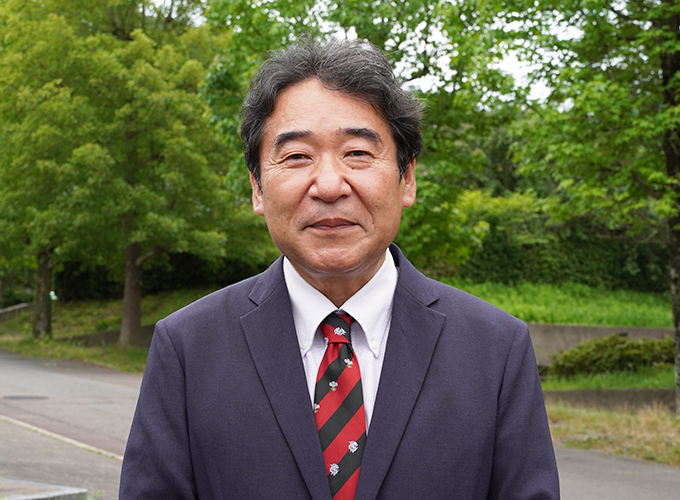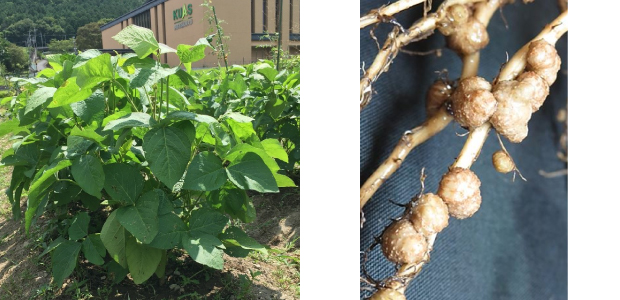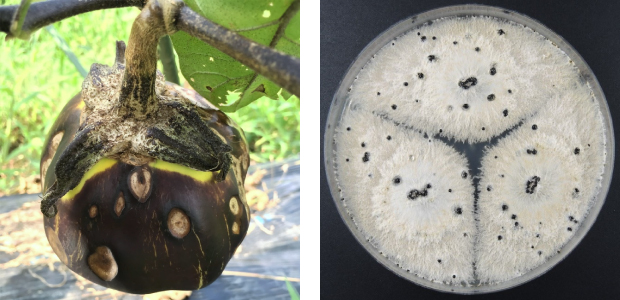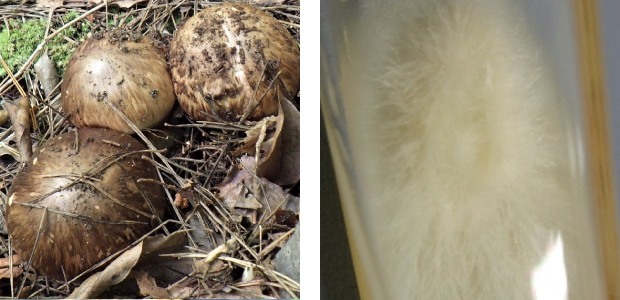Hisabumi Takase
Professor, Doctor of Science
- takase.hisabumi

- Areas of Research
- Plant Biotechnology, Molecular Biology, Plant-microbe Interaction, Crop Science
- Profile
- Research
-
Originally from Chiba Prefecture, Dr. Hisabumi Takase has been residing in the Kansai Region for 30 years, traveling to Hokkaido, Kyoto, Aichi, and Nara Prefectures.
Dr. Takase worked on the search and identification of transcriptional regulators of wheat histone genes at Hokkaido University Graduate School of Science, where he earned his Doctor of Science with his dissertation titled “Studies of Transcriptional Regulation in Plants”. He continued that research as a trainee at the Faculty of Science at Kyoto University and the National Institute for Basic Biology (as a postdoctoral fellow of the Japan Society for the Promotion of Science). From there he worked at Nagoya University and Nara Institute of Science and Technology as a research assistant to understand the molecular basis of meiosis and the genetic control of alkaloid biosynthesis. Following his research at those institutions, he went on to work at the Research Institute of Innovative Technology for the Earth as a principal researcher to develop key technologies for the creation of biorefinery feedstock plants using chloroplast genetic modification technology. Since becoming an associate professor and professor of the Faculty of Bioenvironmental Sciences, Department of Bioscience and Biotechnology at Kyoto University of Advanced Science, he has been working to improve plant functions, focusing mainly on the symbiotic relationship between plants and microorganisms.Classes that Dr. Takase instructs include: Practical Course in Crop Cultivation, an SLS course, Experimental Course in Plant Science and Plant Biochemistry and Plant Cell Engineering.
On weekends, he enjoys growing, harvesting, and eating fava beans, peas, potatoes, soybeans, sweet potatoes, garlic, onions, and various other vegetables in the field he rents from a local farmer. Being conscious of satoyama (a term that refers to the area between mountain foothills and arable flatland) restoration and health management, Dr. Takase also participates in environmental improvement activities for red pine forests.
-
When stepping into a forest or field, one may realize that plants in the real environment coexist in a biological community with diverse organisms. The relationships that plants build with other organisms are diverse and complex. Among them, mutualism formed between plants and microorganisms can manifest the latent abilities of plants. For example, in legumes, rhizobium bacteria form symbiotic organs (nodules), thereby expressing their dormant ability to fix nitrogen. In many land plants, the symbiotic organ in which mycorrhizal fungi coexist is also known to be involved in promoting plant growth.
The Laboratory of Plant Science and Biotechnology focuses mainly on plant-microbe interactions and works to develop plant biotechnology that improves plant function. The main research topics are as follows:
- Dr. Takase’s laboratory is working to elucidate the progression of the aging process of soybean nodules and their control. They aim to develop high-yielding varieties by suppressing the aging of nodules (Figure 1).
- Focusing on the relationship between changes in the indigenous microbial community living in the pericarp and disease morbidity, the laboratory is working toward the development of environment-conserving disease control technology through artificial manipulation of the indigenous microbial community (Figure 2).
- Dr. Takase’s laboratory is working on the elucidation of the soil microbial community suitable for the formation and development of mycelial masses of the matsutake mushroom (Tricholoma matsutake), a mycorrhizal fungus that hosts pine trees, as well as the development of fruiting body production technology using artificial mycelial masses of matsutake (Figure 3).

Figure 1: Soybean cultivation in a research field (left) and nodules formed on soybean roots (right).

Figure 2: Diseased eggplant (left) and pathogens isolated from diseased parts (right).

Figure 3: Matsutake mushroom fruiting bodies on soil-mycelial aggregations (referred to as “shiro”) (left) and matsutake mushroom mycelia cultured in a test tube (right).
